On April 30, 1897, the English physicist J. J. Thomson made a report at a meeting of the Royal Society of London. In it, he described his experiments with cathode ray tubes, which revealed previously unknown particles. Thomson called them corpuscles, but they soon became known as “electrons.”
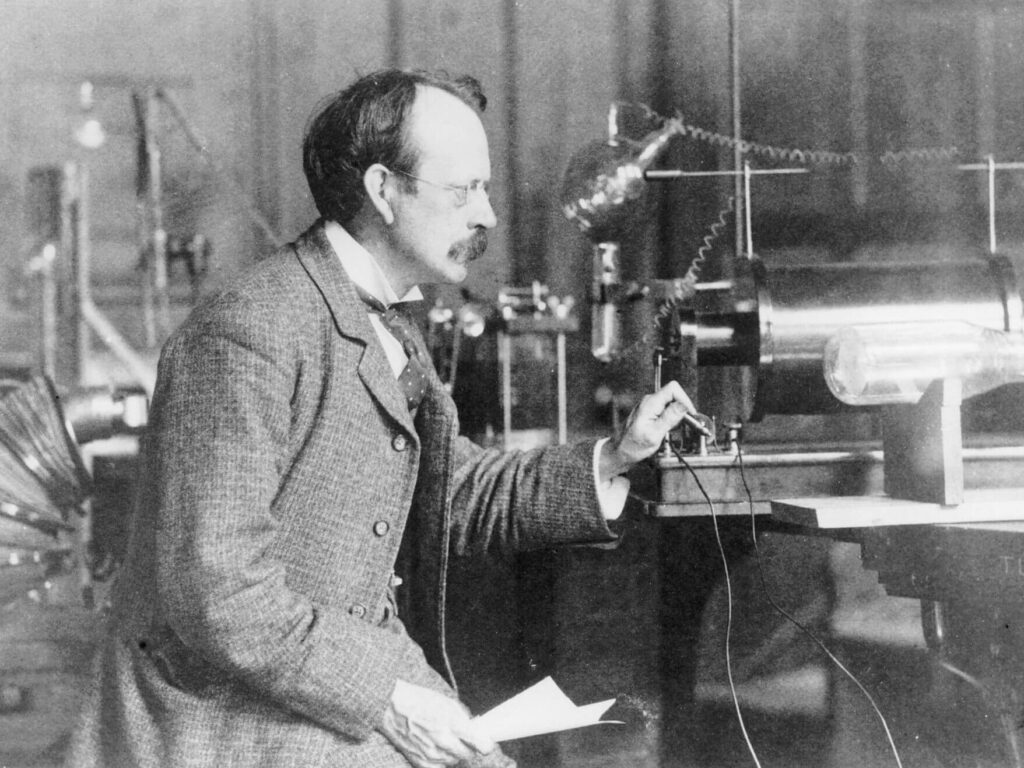
The discovery of electrons was one of the most significant events in the history of science. It laid the foundations of the modern model of the atom, which later explained many previously obscure processes and phenomena — in particular the nature of auroras. Celebrating the 125th anniversary of Thomson’s report, we would like to talk about why auroras occur and what they are like on different planets in the solar system.
How auroras appear
Earth’s auroras arise as a result of the interaction of the solar wind (it consists of protons, electrons and helium nuclei) with the magnetic field of our planet. When charged particles collide with atoms and molecules of the Earth’s atmosphere, the latter are excited, and that is visually manifested in characteristic glow, called aurora borealis.
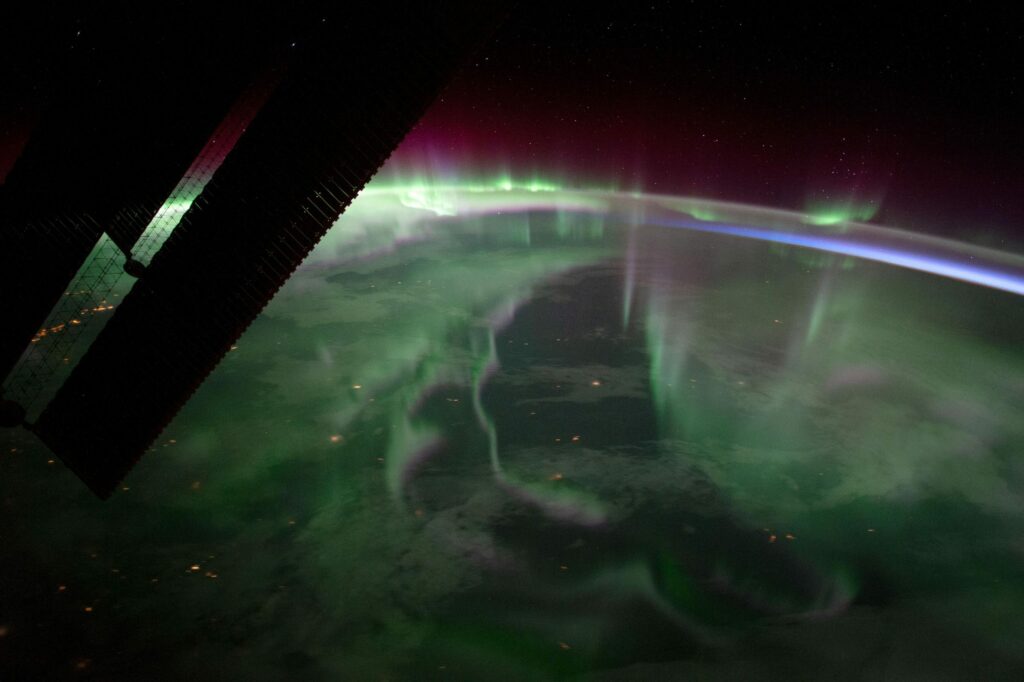
Where you can see aurora borealis
Usually aurora borealis can be observed only at high latitudes. This is due to the fact that solar wind particles move along the lines of force of the Earth’s magnetic field and are transported towards the poles. However, during periods of high solar activity and the most powerful flashes, they occur in lower latitudes. Thus, during the solar superstorm of 1859, aurora borealis was observed in the Caribbean Sea. And 41,000 years ago, they even reached the equator.
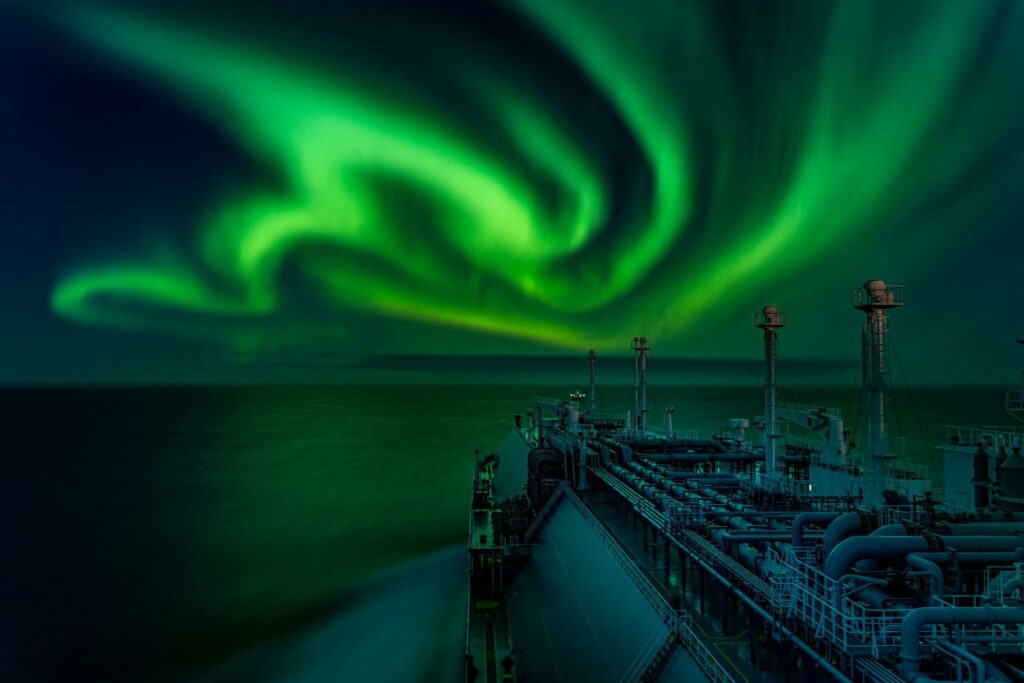
The colors of auroras are determined by the composition of the atmosphere. Earth’s auroras are mostly red and green. Red glow occurs due to the glow of oxygen, green — nitrogen.
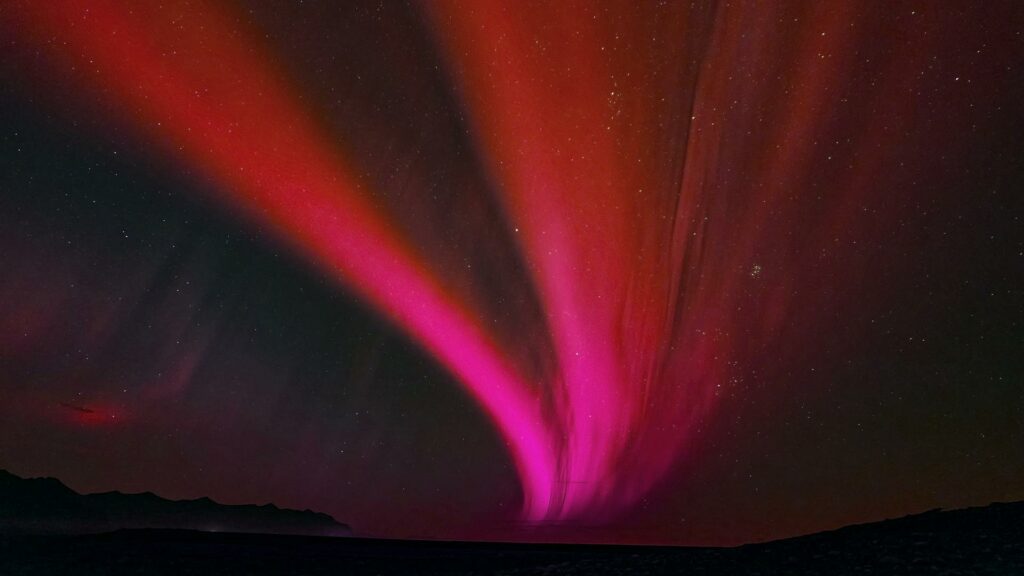
It is important to note that the Earth is not the only body in the solar system where auroras borealis occur. They can be seen on other planets that have an atmosphere. However, they may differ from terrestrial ones. But let’s talk about everything in turn.
Auroras on Venus
Venus does not have its own magnetic field. However, this does not mean that it does not have aurora borealis. For many years, astronomers have observed unusual flashes on the night side of the planet, which usually coincided with periods of increased solar activity. It is now believed that this glow is due to the collision of solar wind particles with the Venusian atmosphere, which can be called an analogue of aurora borealis.
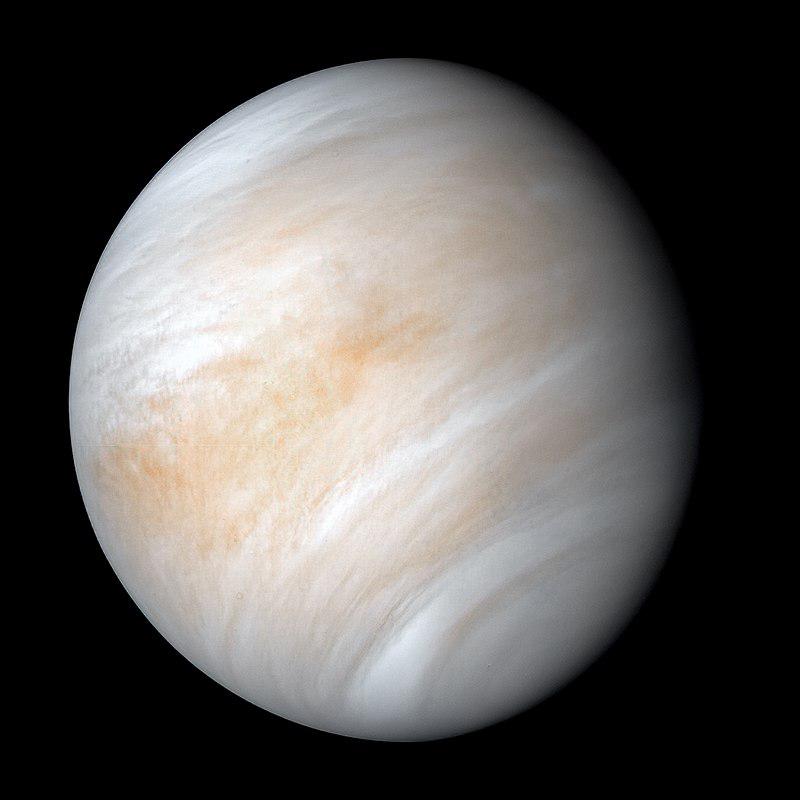
Unlike terrestrial, auroras on Venus are not limited by its poles. They are light and diffuse groups of spots, different in shape and intensity, which sometimes cover the entire disk of the planet. However, because the atmosphere of Venus contains a layer of dense haze, the auroras cannot be seen from the surface — only from space.
Auroras on Mars
In distant past, Mars had its own magnetic field. Since then, a number of magnetized areas have remained in the planet’s crust. Because of this, Martian auroras can occur not only in the polar latitudes but also in equatorial regions of the Red Planet.
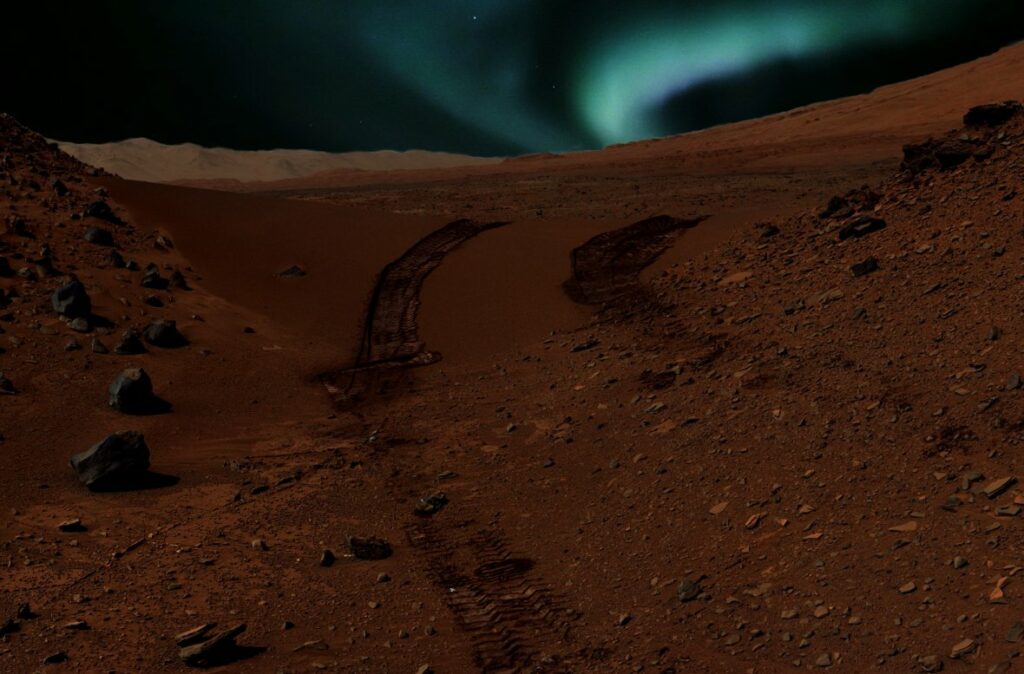
Opinions of scientists differ, as for whether future visitors to Mars will be able to see its auroras. The fact is that the great bulk of their radiation falls on the ultraviolet range. However, the results of some studies suggest that under certain conditions they can still be observed with the naked eye. It is estimated that the predominant color of Martian auroras should be blue with possible specks of red and green.
Auroras on giant planets
The giant planets of the solar system have much stronger magnetic fields than ours. Therefore, their auroras are noticeably more powerful than the earth’s. At the same time, since these planets are “external” to the Earth, we can only see their day sides. Therefore, their auroras are lost in reflected sunlight.
Auroras borealis on Saturn
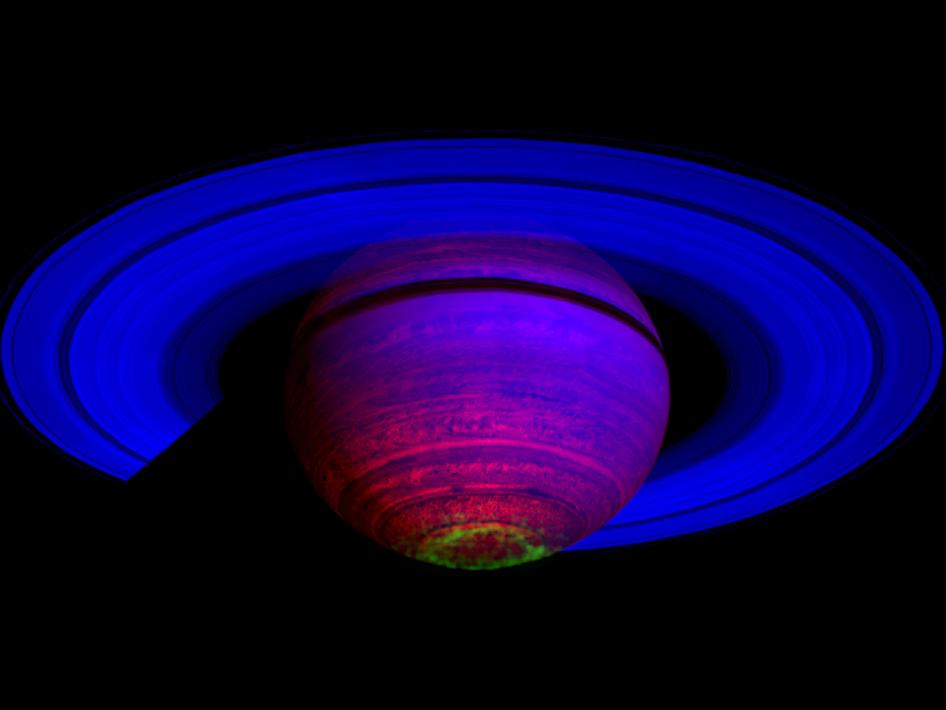
As a result, astronomers have to study the auroras of giant planets in the infrared and ultraviolet ranges. These observations brought a number of surprises. It turned out that the aurora borealis on Saturn is the highest in the solar system. It is formed at an altitude of 1200 km.
As for Uranus, its magnetic poles do not even roughly coincide with the geographical ones. As a result, Uranian aurora borealis illuminates the sky just above the polar regions of the planet. They extend from the northern hemisphere to the equator and descend into the southern hemisphere.
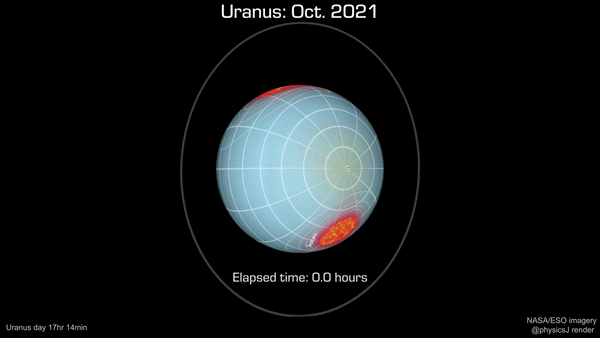
Even more unusual are the auroras of Jupiter. Satellites of the giant planets directly affect the magnetosphere of the gas giant, where bright areas of aurora borealis are formed. Volcanic emissions from Io play a particularly important role in this process.

Finally, Ganymede is worth mentioning. It is the only satellite of the planet of the solar system that has its own magnetic field. The data collected by the Galileo and Juno devices show that radiance also appears periodically above its poles.
Follow us on Twitter to get the most interesting space news in time:
https://twitter.com/ust_magazine

